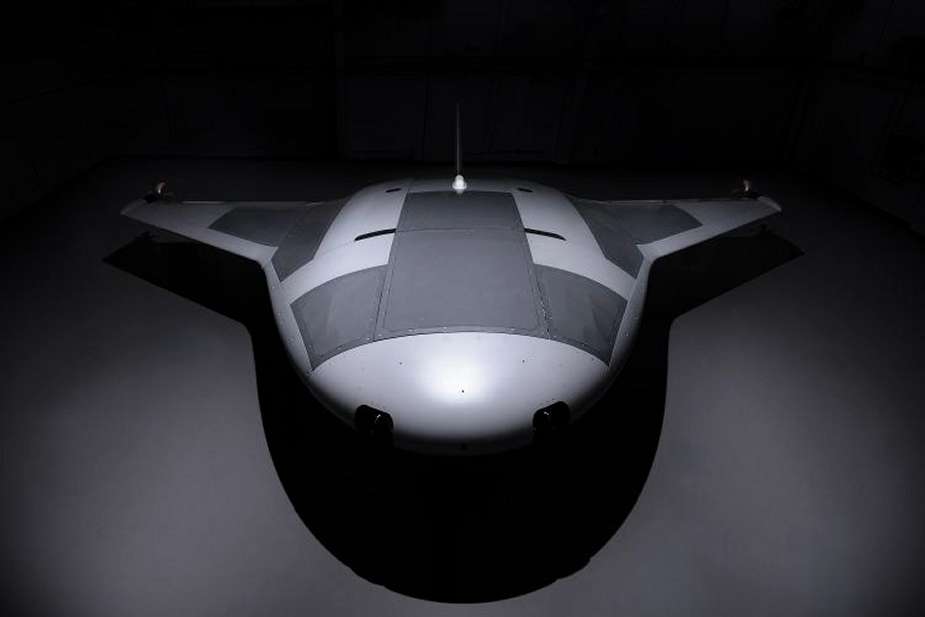Breaking news
Unveiling of Northrop Grumman's Manta Ray underwater drone.
On April 8, 2024, Northrop Grumman announced the completion of its first full-scale prototype of the unmanned underwater vehicle (UUV), known as Manta Ray. This initiative is part of the Defense Advanced Research Projects Agency (DARPA) Manta Ray program, which aims to test key technologies for a new class of autonomous submersible vehicles designed for prolonged missions.
Follow Navy Recognition on Google News at this link
 A full-size prototype of the Manta Ray, a new class of uncrewed underwater vehicles, has been assembled at Northrop Grumman's facility in Annapolis (Picture source: Northrop Grumman)
A full-size prototype of the Manta Ray, a new class of uncrewed underwater vehicles, has been assembled at Northrop Grumman's facility in Annapolis (Picture source: Northrop Grumman)
The dimensions of the prototype have not yet been disclosed, but Northrop describes it as an "extra-large glider" modeled on the elegant swimming of the manta ray. Unlike traditional gliders that use variable buoyancy propulsion, this drone employs propellers for movement. Recent images show it equipped with two rear propellers, in contrast to the four depicted in earlier 2022 video simulations.
Designed for extended operations in oceanic environments inaccessible to humans, the Manta Ray project was initiated to enhance understanding of marine environments and to develop autonomous underwater vehicles that can operate independently for extended periods while harvesting their energy.
In partnership with Seatrec, a renewable energy company, Northrop has developed an energy-harvesting technology that could potentially enable the Manta Ray to operate over almost unlimited distances. Currently a theoretical concept, the "Mission Unlimited Unmanned Underwater Vehicle (UUV) Station" would combine a Thermal Energy Pod that harnesses the ocean's thermal gradient to generate electricity, with a novel submersible electrical connector designed by Northrop for underwater connections and data transfer via "data bubbles"—small electronic devices that rise to the surface to transmit information.
The prototype is designed to carry various types of payloads, although specific details remain unspecified. It could potentially serve as a mothership for smaller UUVs or be outfitted for tasks such as undersea mapping, mine detection, and passive surveillance. The complexity of underwater communication and control systems requires a high level of autonomy, an area where artificial intelligence integration is rapidly advancing.
The deployment method for the Manta Ray is yet to be clarified, with options such as launch from a dock or a ship being considered. The system is designed for easy transport and assembly on-site from five standard shipping containers.
While Northrop is not the only company developing a prototype for the Manta Ray program—with PacMar Technologies also working on a design—the technologies selected by DARPA will shape the future of naval operations. The U.S. Navy, which already employs various tiers of UUVs, including Boeing's Orca extra-large unmanned underwater vehicle (XLUUV), will see its capabilities enhanced by new technologies like the Manta Ray in future maritime conflicts. With other nations, notably China, also investing in this area, unmanned underwater competition is poised to play a crucial role in global maritime security. The first images of the Manta Ray prototype tests are eagerly awaited.


























